The 6 Best Dehumidifiers to Protect Your Home in 2022

By Corrie Pelc
During the winter, you’re less likely to have windows open inside your home. That means every time you run hot water for an extended period of time — like if you're taking a shower or bath or cleaning dishes — any humidity made by that hot water gets trapped inside the room.
And in the summer, the opposite can happen — if the outside air is very humid where you live (a.k.a. it contains a lot of moisture), this can lead to the air in your home becoming very humid as well. This can make it nearly impossible for moisture to leave the air in your home, especially in areas like the garage and basement.
When extra humidity builds up in the home, moisture on walls, flooring, ceilings, and even towels lingers. This can cause mildew and mold to grow, which are both things no one wants in their home.
A dehumidifier can be used to tackle this problem and remove excess moisture from indoor air throughout your home. Not only can a dehumidifier help stop mold from growing in your home, but it can also help remove allergens such as dust mites.
In this guide, we’ll tell you a few warning signs that you might need a dehumidifier, and we’ll outline the best dehumidifiers on the market today.
Top Picks
-
Best Overall Dehumidifier: Frigidaire FFAP5033W1 50-Pint Portable Dehumidifier with Built-in PumpOur top pick for the best overall home dehumidifier that offers just about anything you could need.
-
Best Small Dehumidifier: hOmeLabs DehumidifierA highly-rated dehumidifier perfect for use in small spaces such as bedrooms and bathrooms.
-
Best Dehumidifier for Large Spaces: Ivation Large-Capacity DehumidifierA humidifier that can remove 70 pints of water from the air of a large room in just 24 hours.
-
Best Portable Dehumidifier: Pro Breeze Electric Mini DehumidifierA top-rating portable dehumidifier perfect for making the air in small spaces more comfortable.
-
Best Smart Dehumidifier: Honeywell Smart WiFi DehumidifierQuickly turn your dehumidifier on and off through Amazon Alexa.
-
Best Dehumidifier with Pump: Black + Decker Dehumidifier with Drain PumpWorry less about emptying the water reservoir thanks to this unit’s built-in drain pump and included drain hose.
Signs You Need a Dehumidifier
A humid home might not always be completely obvious. Here are a few telltale signs that you need a dehumidifier in your home:
- Family members are constantly complaining about allergies.
- There's water condensation on the inside of your windows.
- The air in your home constantly feels muggy and/or smells musty.
- You've noticed some dark spots on your ceiling or walls that could be mold or mildew.
- Wallpaper and paint are starting to bubble or peel away from the walls.
- A moisture meter detects that your home’s humidity levels are above 50 percent. Energy Star recommends that indoor moisture levels stay between 30 and 50 percent.
How to Buy a Dehumidifier
Every home has different needs, so it’s important to look into the specs of dehumidifiers and what you want out of one. When considering a dehumidifier for your home, here are some things to think about:
- Pint Capacity: This measures the amount of moisture a dehumidifier can pull from the air within a 24-hour period. In general, 20- to 50-pint capacity dehumidifiers are ideal for residential spaces. The Association of Home Appliance Manufacturers (AHAM) has a dehumidifier capacity chart that can help you determine what pint capacity you need for the size of space you want to use it in. The higher the pint capacity, the bigger the space it can pull humidity from.
- Water Capacity: This determines how much water the dehumidifier can hold until you need to empty it. Many dehumidifiers come with an internal pan or tub that collects the water and needs to be manually emptied. Some newer dehumidifiers are self-draining or use technologies to evaporate the collected water.
- Operation Controls: Dehumidifiers come with various control options, starting with simple knobs and switches to more complex digital displays. And some dehumidifier units even have automated humidity setting controls so you can dictate the humidity level you want for your home.
Test Factors We Considered When Picking the Best Dehumidifier
Here’s a look at the test factors we developed for selecting the best dehumidifiers:
- Dimensions: What are the dimensions of this dehumidifier?
- Weight: How much does the dehumidifier weigh?
- Pint Capacity: What is the pint capacity of this dehumidifier?
- Water Tank Size: How much water the dehumidifier's tank holds will help the user figure out how frequently it’ll need to be emptied.
- Operation: How is this dehumidifier operated?
- Automatic Shut-Off: Does the dehumidifier automatically shut off when it becomes full of water?
- Filter: Is the filter washable or does it need to be replaced?
- Energy Star Certified: Is this dehumidifier Energy Star certified?
- Warranty: How long does the manufacturer claim the product will last?
Now that we’ve covered the essentials, let’s take a look at our list of the best home dehumidifiers you can purchase right now.
Best Overall Dehumidifier: Frigidaire FFAP5033W1 50-Pint Portable Dehumidifier with Built-in Pump
Based on our research, the best home dehumidifier available on the market today is the Frigidaire FFAP5033W1 50-Pint Portable Dehumidifier with Built-in Pump. This dehumidifier has a 50-pint capacity, making it a great option for just about any room in your home. The unit offers three fan speeds and the custom humidity control through its digital display helps you make your home as comfortable as you want it. The unit will automatically shut off if the two-gallon water tank needs emptying. The dehumidifier also comes with a built-in pump so you can have the unit continuously drain by attaching a standard water hose. The unit has a washable filter and is easily moved wherever you need it with its caster wheels and handle. The Frigidaire FFAP5033W1 50-Pint Portable Dehumidifier with Built-in Pump is Energy Star certified and backed by a one-year limited warranty.
Pros
- 50-pint capacity makes it perfect for any room in your home
- Energy Star certified
- Offers custom humidity control, automatic shut-off, and built-in pump
Cons
- None that we can see!
Best Small Dehumidifier: hOmeLabs Dehumidifier
Dehumidifiers are notoriously bulky, so finding one that's reasonably inconspicuous can be a challenge. Luckily, the hOmeLabs Dehumidifier is the perfect small dehumidifier. About the height of a bowling pin, this dehumidifier works for spaces under 1,500 square feet, like bathrooms and small bedrooms. This dehumidifier can remove up to 22 pints of moisture per day and uses a built-in pump compressor to continuously remove excess water from the air. You can also opt to choose the humidity level you want the unit to achieve in the room you place it in. Everything is operated through the unit's easy-to-use digital display, including setting the unattended operation timer or continuous drain so it empties itself. If you do use the water tank, it's very easy to drain thanks to the unit's pull-out drawer. And the hOmeLabs Dehumidifier is Energy Star certified and backed by a two-year warranty.
Pros
- 22-pint capacity allows it to remove moisture from a room of up to 1,500 square feet
- Water tank is easy to drain through the unit’s pull-out drawer
- 2-year warranty
Cons
- Water tank is a bit small
Best Dehumidifier for Large Spaces: Ivation Large-Capacity Dehumidifier
If you need to remove humidity from very large rooms, then you'll want to invest in the Ivation Large-Capacity Dehumidifier. This dehumidifier can remove a whopping 70 pints of water from the air within a 24-hour timespan. That means it can be used in rooms of up to 4,500 square feet. The unit has a built-in humidity sensor and accurately displays the room's current humidity through its digital display, allowing you to better gauge how much moisture still needs to be removed. This dehumidifier boasts a 1.3-gallon water tank, meaning you won't have to empty it all the time, or use the optional hose connector for continuous draining. The unit will also alert you when it's time to clean its washable filter, and it will automatically shut off if the water reservoir is full. The Ivation Large-Capacity Dehumidifier is Energy Star certified and is protected by a one-year warranty.
Pros
- Capable of removing humidity in rooms up to 4,500 square feet
- 1.3-gallon water tank means it won’t need to be emptied that often
- Built-in humidity sensor accurately displays the room's current humidity
Cons
- Might be too large for some spaces
Best Portable Dehumidifier: Pro Breeze Electric Mini Dehumidifier
With over 14,500 ratings and 4.3 out of 5 reviews on Amazon, the Pro Breeze Electric Mini Dehumidifier is our top pick for the best portable dehumidifier. Weighing only about five pounds, this super-compact dehumidifier is capable of eliminating moisture from the air of rooms up to 250 square feet and is easily transportable from one room to another. The unit has a 52-ounce water reservoir and will automatically turn off when it reaches capacity. It also operates without a compressor, so it stays very quiet, making it a great option for bedrooms and nurseries. And although it is not Energy Star certified, the Pro Breeze Electric Mini Dehumidifier still offers energy-efficient operation with low power consumption.
Pros
- Weighs only 5 pounds
- Eliminates moisture from rooms up to 250 square feet
- Very quiet operation makes it a great option for bedrooms
Cons
- Does not include a filter
- May be too small for some rooms
Best Smart Dehumidifier: Honeywell Smart WiFi Dehumidifier
For homeowners who enjoy having all their appliances operable through their phone, the Honeywell Smart WiFi Dehumidifier is the best option for you. The smart home dehumidifier is available in 30-, 50-, or 70-pint capacities, depending on the size of the room you plan to use it in. This WiFi-enabled unit is compatible with Amazon Alexa, allowing it to be operated from anywhere in your home where you have an Amazon Alexa device or by your phone. Use voice commands to quickly power it on or off, change fan speeds, and dictate the humidity level you want in the room. All units come with a washable filter, alerts when the water tank is full, and have splash guards on the water tank to help avoid any spills when emptying. And the Honeywell Smart WiFi Dehumidifier is Energy Star certified and backed by a one-year warranty on parts and labor and a five-year warranty on all parts on the sealed system.
Pros
- Operable through Amazon Alexa
- Available in three sizes
- Energy Star certified
Cons
- Expensive
Best Dehumidifier with Pump: Black + Decker Dehumidifier with Drain Pump
For larger dehumidifiers, having a drain pump that will automatically push the water it collects out of the unit can be a great time-saver, since you don't have to lug the reservoir to and from the sink. The Black + Decker Dehumidifier with Drain Pump features a pump and a 16.4-foot drain hose for continuous draining. Or, you can also opt to have the water collect in the unit's 14.3-pint capacity water reservoir. The dehumidifier removes up to 50 pints of moisture from the air per day, allowing it to effectively lower the humidity of rooms up to 4,500 square feet. It is easily operated through the digital control panel on the unit, has a washable filter, and has a one-year warranty. And the Black + Decker Dehumidifier with Drain Pump is Energy Star certified to help lower your electricity bill.
Pros
- Has built-in drain pump and drain hose for continuous draining
- Can dehumidify rooms up to 4,500 square feet in size
- Energy Star certified
Cons
- May be too large for some rooms
Do you have a dehumidifier that keeps your house at the perfect humidity? Tell us about it in the comments below!


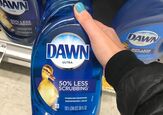
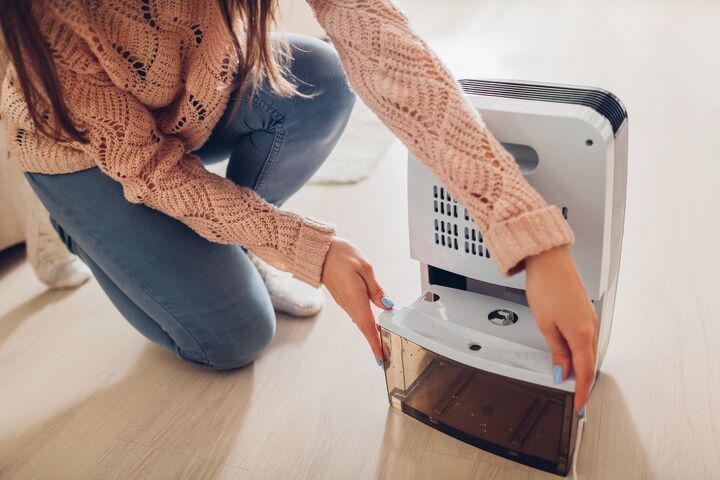
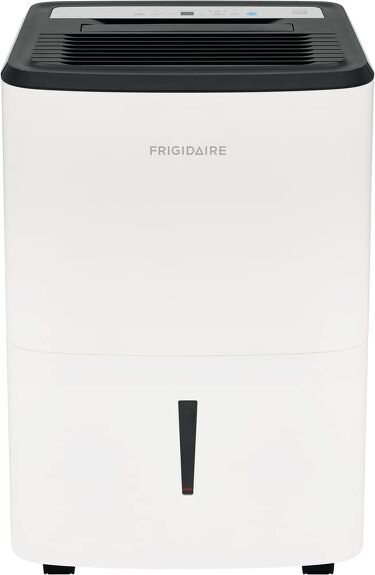






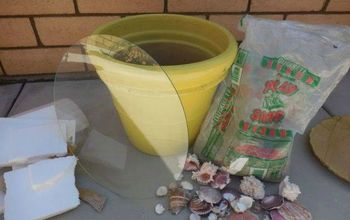



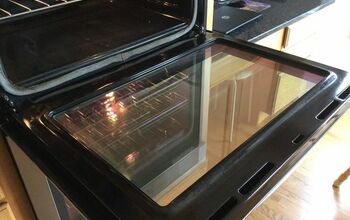

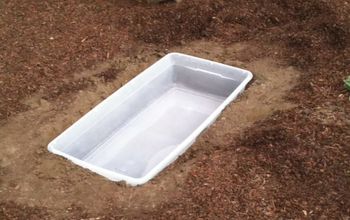
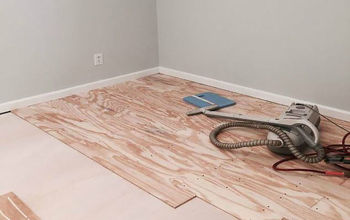
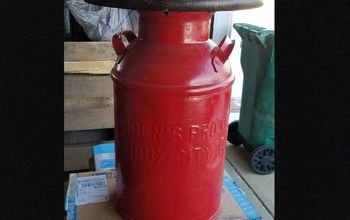

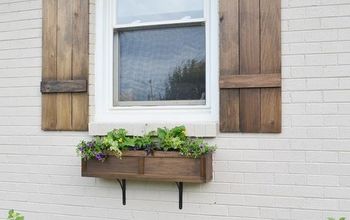
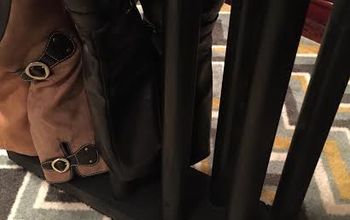
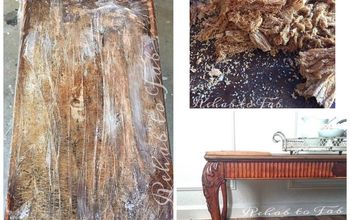
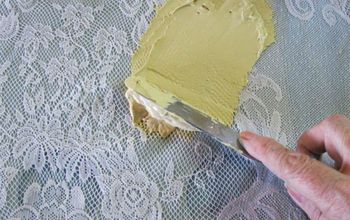

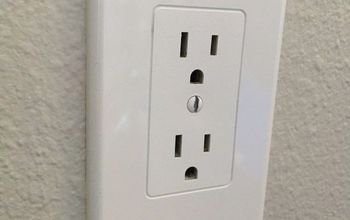




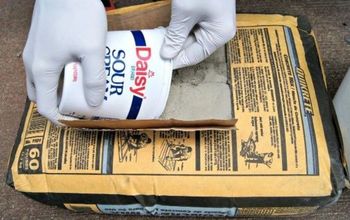
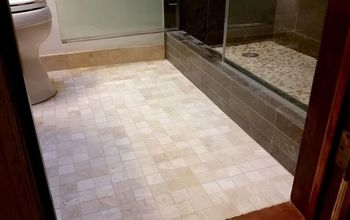
Frequently asked questions
Have a question about this project?